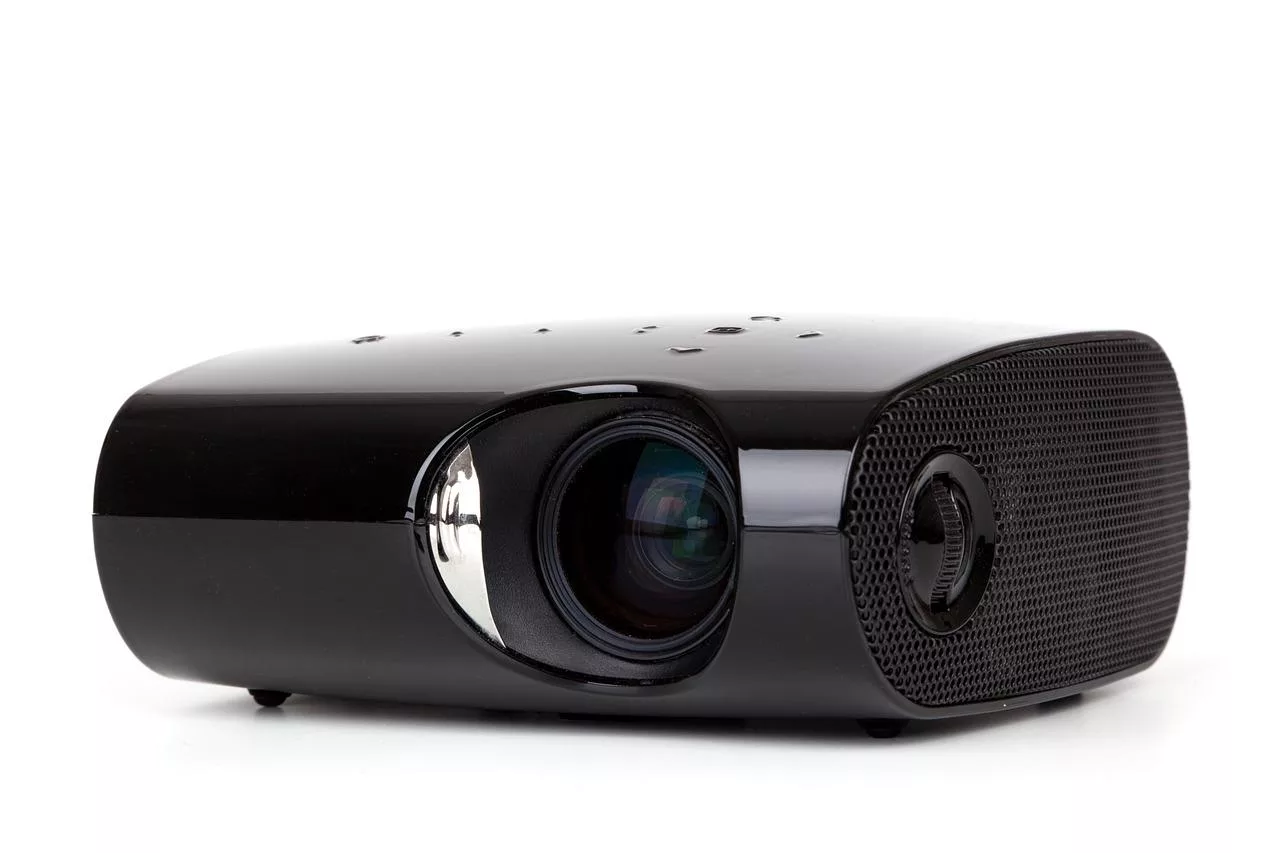In today’s digital age, introducing kids to the world of coding has become increasingly important. As technology continues to advance, having a fundamental understanding of coding is a valuable skill that can open doors to countless opportunities. One fantastic platform to kickstart your child’s coding journey is Scratch. In this comprehensive guide, we’ll explore everything you need to know about Scratch coding for kids.
What is Scratch Coding?
Scratch is a visual programming language and online community developed by MIT – one of the largest in the world in fact with users in over 200 countries! It’s designed specifically for children aged 7 to 16, making it an ideal starting point for young learners. Scratch coding offers a user-friendly interface that allows kids to create interactive stories, games, animations, and more by simply snapping together colourful code blocks. Don’t let the simple interface fool you though! This platform is capable of programming microcontrollers, robots, and other devices and sensors.
How Do You Get Started With Scratch?
- Creating an Account: To begin coding on Scratch, your child can create a free account on the Scratch website. This account will allow them to save their projects, share them with others, and explore the vibrant Scratch community.
- Exploring the Interface: The Scratch interface consists of three main components: the stage, where the action happens; the sprite library, which includes characters and objects; and the coding area, where your child will drag and connect code blocks.
- Tutorials and Starter Projects: Scratch provides a variety of tutorials and starter projects that guide beginners through the basics of coding. These resources are excellent for building foundational skills.
- Coding and Creativity: Encourage your child to let their creativity flow. They can animate their favourite characters, create their own games, or even develop interactive stories.
Benefits of Learning to Code with Scratch
1. Enhances Problem-Solving Skills
Coding in Scratch encourages kids to think critically and solve problems logically. They’ll learn how to break down complex tasks into smaller, manageable steps—a valuable skill that extends beyond coding.
2. Fosters Creativity
Scratch’s visual nature allows kids to experiment and be creative in their projects. They can design characters, compose music, and craft unique stories, fostering a sense of artistic expression.
3. Builds Confidence
As children successfully complete projects and see their creations come to life, their confidence in their technical abilities and problem-solving skills will soar.
4. Teaches Collaboration
Scratch has a thriving online community where kids can share their projects, collaborate with others, and provide feedback. This collaborative aspect helps them develop teamwork and communication skills.
5. Prepares for the Future
In an increasingly digital world, coding is a vital skill. Learning Scratch sets a strong foundation for future coding endeavours, potentially paving the way for careers in technology and innovation.
Why Is Scratch Programming Important For Kids?
Coding in Scratch goes beyond just teaching a programming language. It equips children with essential skills and prepares them for a tech-driven future. Here’s why Scratch programming is crucial for kids:
- Digital Literacy: Learning to code fosters digital literacy, ensuring that kids can navigate and understand the technology that surrounds them.
- Problem Solving: Scratch instils problem-solving abilities, teaching kids to analyse challenges and devise solutions.
- Creative Expression: It provides an outlet for creative expression, allowing kids to turn their ideas into tangible projects.
- Confidence Building: Successfully completing Scratch projects boosts self-confidence and a sense of accomplishment.
- Coding as a Language: Coding is often referred to as the language of the future, and Scratch is an excellent introduction.
Conclusion
In conclusion, Scratch coding for kids is an exciting journey into the world of technology and creativity. It offers a fun and educational platform for children to learn coding, develop critical skills, and gain confidence in their abilities. By introducing your child to Scratch, you’re setting them on a path to thrive in our increasingly digital world.
For more information on what your child could create using Scratch, check out AlphaGen Learning’s camps for 7 to 9 year olds and for 10 to 12 year olds.
FAQs
- Is Scratch suitable for all age groups? Scratch is primarily designed for children aged 8 to 16, but younger kids may also enjoy it with parental or teacher guidance.
- Do I need any prior coding knowledge to use Scratch? Not at all, Scratch is beginner-friendly and requires no prior coding experience.
- Can my child share their Scratch projects with others? Yes, Scratch allows users to share their creations with the global Scratch community.
- Is Scratch coding a useful skill for the future? Absolutely. Coding skills are in high demand in today’s job market, making Scratch a valuable starting point for more advanced courses in the future.
- Are there any offline resources for learning Scratch? While Scratch is primarily an online platform, you can find books and resources that teach Scratch coding concepts for offline learning.




